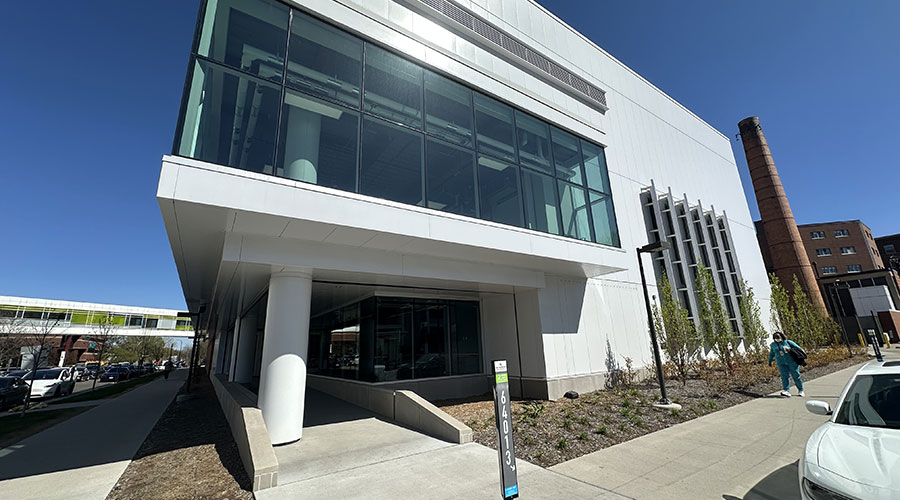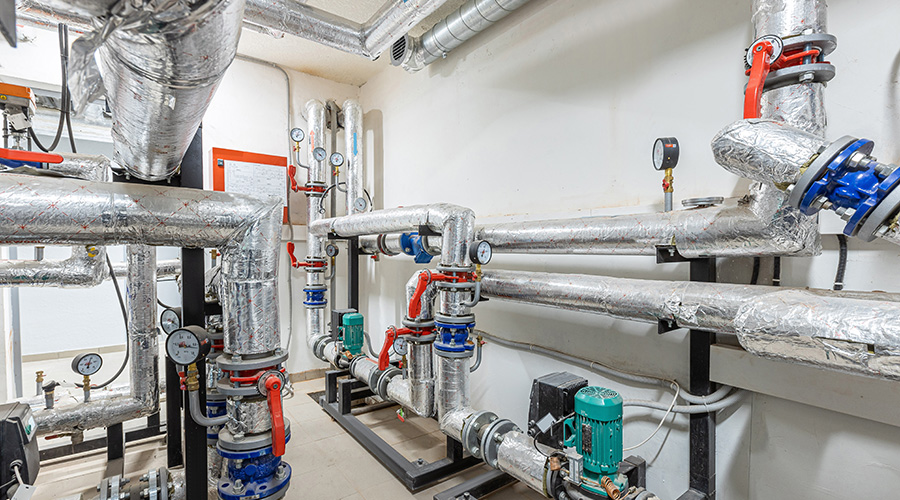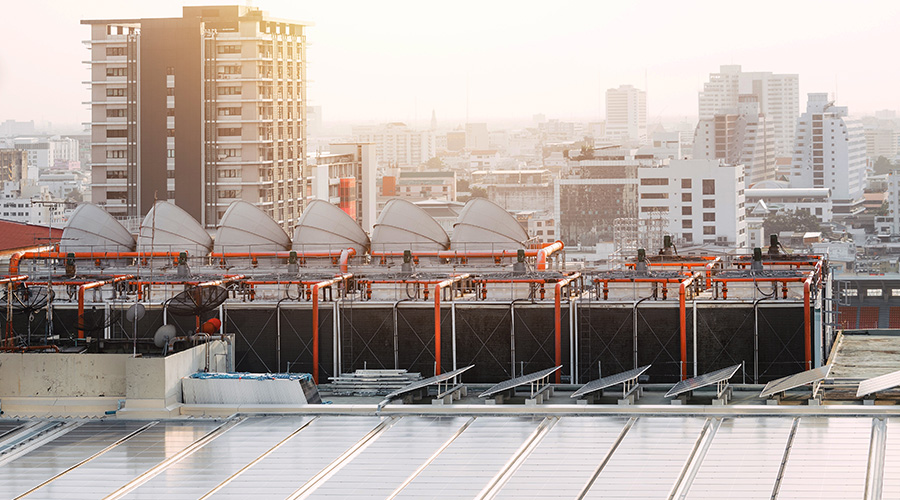Power Monitoring: HVAC Overload Prevention
Power monitoring to discover and rectify potential overloads, poor power quality and source loss all constitute proper approaches to effectively maintaining data centers. Using infrared scanning of conductors and equipment to detect loose termination and possible overloaded circuits is a good way to locate and diagnose issues with power.
If a facility's needs are specific enough, however, testing for power-related issues might require a third-party testing agent to assist maintenance technicians in putting the systems through their paces.
Power conditioning usually is incorporated into UPS systems for most data centers. Managers can use surge-protection devices (SPD) — also called transient voltage surge suppressors (TVSS) — at multiple levels within the data center. They usually are placed at the main electrical service switchgear or at main UPS distribution panels. They also can be used at branch circuit panels, as well as on individual pieces of equipment.
As organizations deal with the ever-increasing need for computing power, managers need to make decisions regarding the best ways to support data-storage systems to mitigate the risks that can lead to lost revenue and more importantly lost customers. Concerns over outsourcing proprietary information and the security of that information means managers face a host of new challenges unique to data centers.
Employing building systems suitable for an office environment can only serve to put the data at risk, Managers will need to take a different approach to designing and maintaining data. Most solutions require integrated equipment and routine testing and maintenance to help keep the facility online and reliable.
Understanding the organization's data needs will help managers discover the equipment and operations that are right for the facility. Regardless of size, data centers require careful planning and execution and diligent facility involvement to protect the increasingly data-driven assets of institutional and commercial facilities.
John Sommers, PE, LEED® AP BD+C — john.sommers@hei-eng.com — is an associate at Henderson Engineers Inc. He has more than 20 years experience in providing his clients with reliable data solutions that keep their facilities online.
Specifier Takeaway
When managers can integrate server expansion with increased cooling capacity, the ideal solution is in-rack or above-rack cooling. In-rack systems use a hot-aisle/cold-aisle strategy, where cool air is introduced to the front side of servers.
Server fans reject the heat to the rear, where it is cooled by the in-rack system. Such systems can cut cooling loads by 60 percent.
|
Related Topics:














